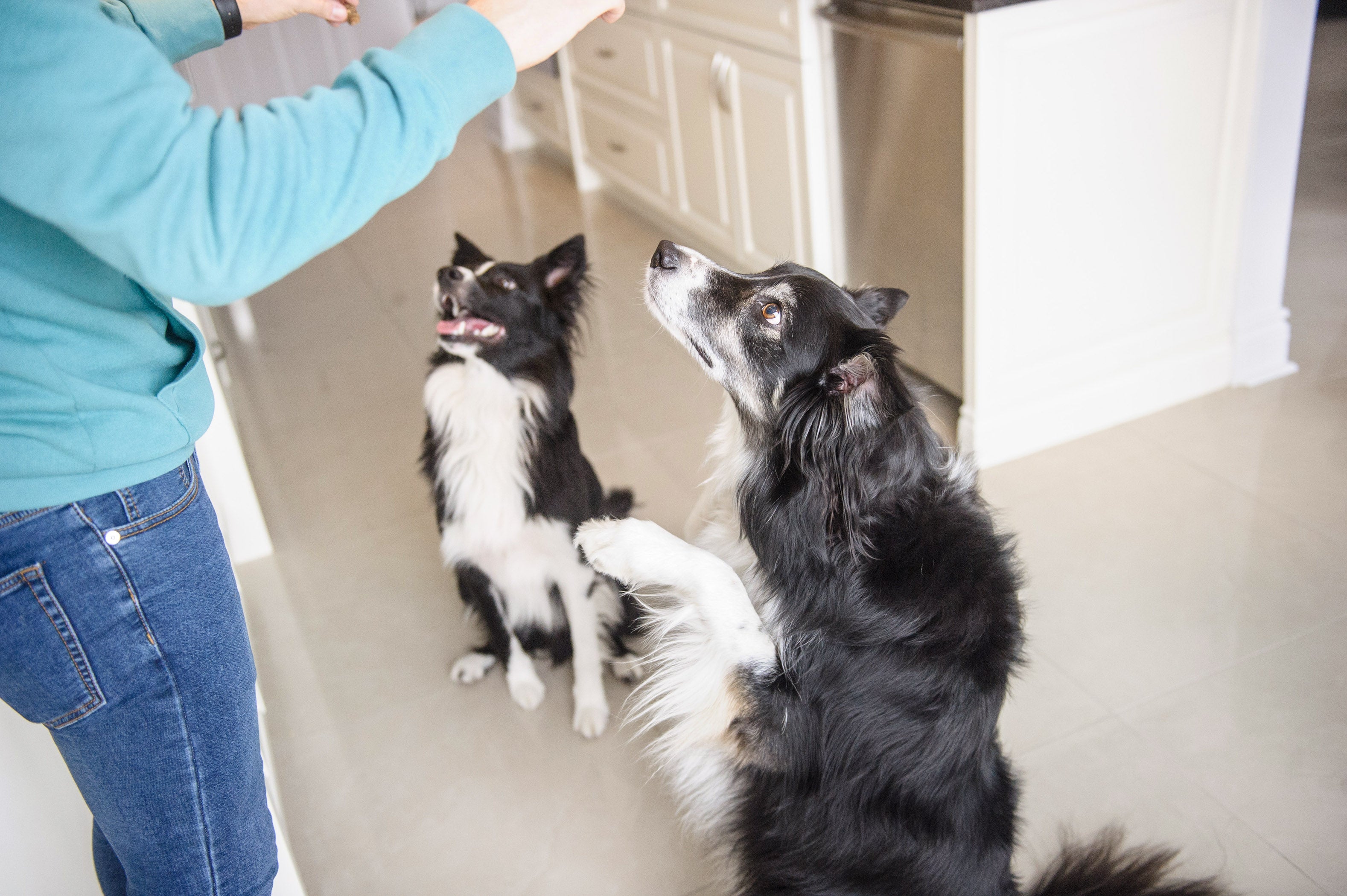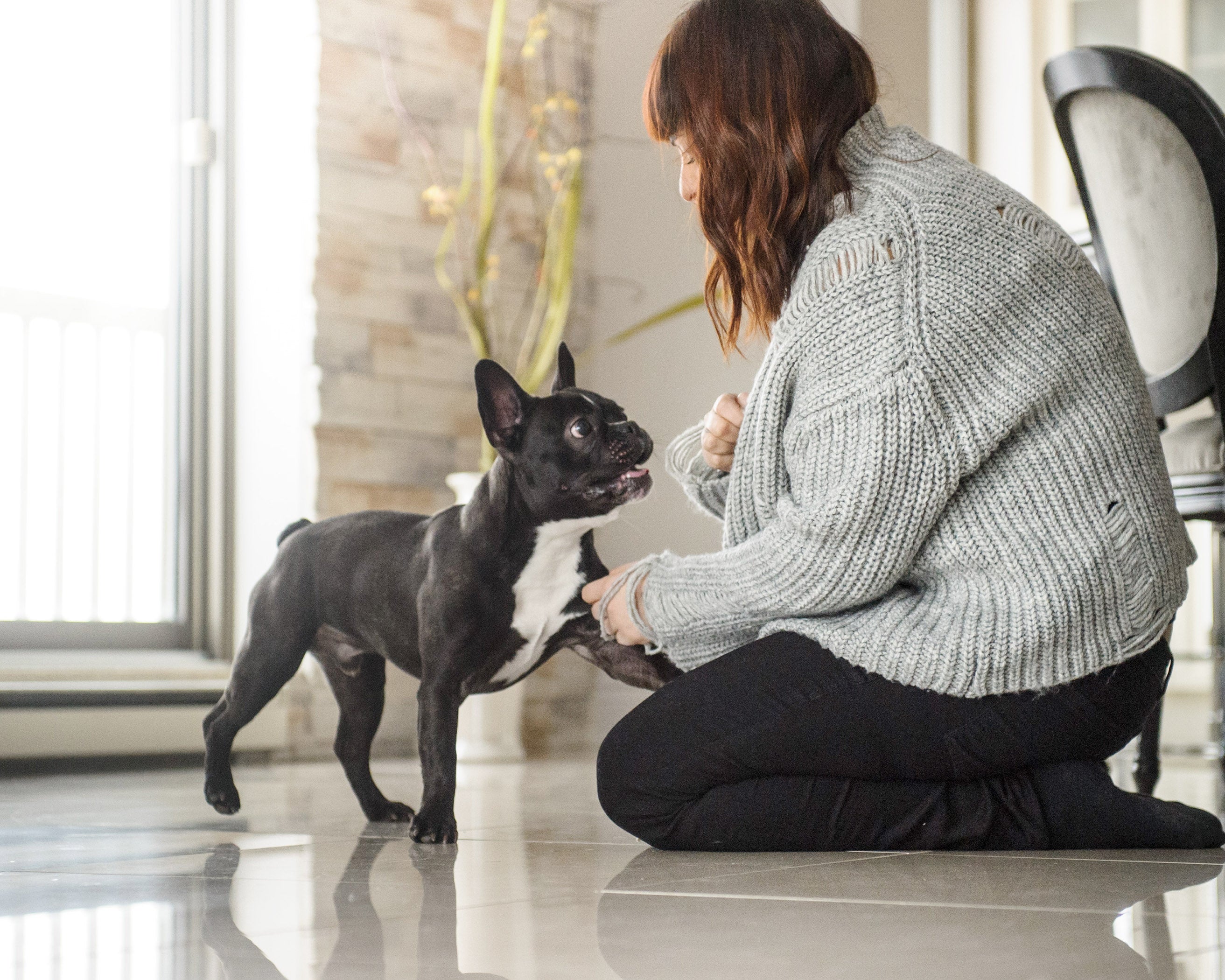Swimming is the best! Low impact, and perfect for hot days, there’s nothing like some water time with your best canine buddy.
If you live in an area close to water or hiking, teaching your dog how to swim is crucial to your and your pet’s lifestyle. Besides having a constant companion, a dog that can swim may help you with your safety while also adding to the fun activities you can do together.
It’s crucial that your dog feels safe and comfortable around water, especially if you frequent a creek or a pond. Besides hiking, when you are both at ease around water, you can also take your dog boating, to the beach, kayaking, or any other water sport.
Your puppy’s crucial development period is between 4 and 12 weeks old when it absorbs its surroundings and new experiences that are indispensable for healthy growth. Additionally, aerobic exercises help animals with arthritis, joint or spine issues, or even with their weight.
Water activities help make all the exercises and activities easier and more enjoyable. Your dog will have a chance to burn extra energy and keep its physical condition in excellent shape. If your dog is an active breed, swimming is a great way to build cardiovascular endurance and muscle strength with low impact on the joints unlike high-intensity activities like flyball or frisbee.
Ease your way to the water
Contrary to popular belief, not all dogs are natural swimmers. Some breeds like Dachshunds and Bulldogs are not proficient water animals at all!
Even other more water-loving breeds like Golden and Labrador Retrievers would need coaxing and guidance to adopt confidence and skills around the water. Nevertheless, with swimming lessons or a doggy life vest, every dog can be taught how to survive and also enjoy the water activities.
You can start with a kiddy pool or a doggy play pool when your dog is a puppy. This gives your pooch plenty of time to get used to the water, and it will be an invaluable tool when the temperatures rise in the summers.
In addition, shallow pools allow dogs to safely play without the fear of swallowing water or worse that comes associated with deep pools or lakes.
Your dog should get used to having its paws wet and splash around in the water without fear of drowning. It’s important to give your dog a break from the water adventure, so it’s not overwhelming.
This is why it’s also essential to teach your dog how to remove himself from the water. This way it can access dry land whenever it needs a break. While in the water, lead your dog with you to the sand or grass or the nearest dry place so it can find its way out when needed. R
Bring something familiar
When your dog is ready to leave his play pool and go out for some more serious water time like in a pool or lake, bring a toy like a ball for fetching, or your pooch’s favorite homemade dog toy that will float.
It’s essential to start your swimming lesson with a life vest, so you can help your dog adapt to its weight in the water and also make it easier for you to intervene if needed.
In case your dog panics and is scared, a life vest is a helping tool to control the situation without putting yourself or your dog at risk.
Find your dog a buddy
An additional helping method could be a play date. Find a friend with a dog, meet someone at the dog park or check with another fellow dog lover if you can arrange a watery playdate for your dog.
Dogs are excellent visual learners and watching another dog will help it understand the situation and the requirements. If both dogs are friendly, you can let your dog follow the other and learn by copying and hanging out.
Loads and loads of encouragement!
Most dogs love a good swim, but some may be hesitant to jump into the water. If you have a dog that isn't a confident swimmer, there are several things you can do to help them become more comfortable in the water.
Let them sniff around a quiet lake or pool and get used to the environment. Once they seem relaxed, encourage them to enter the water gradually. If they still seem hesitant, try holding them in your arms as you walk into the water.
Once they're in deeper water, let them go and allow them to swim to shore. Praise them enthusiastically and offer loads of treats when they reach dry land, and never force them in.
Up the ante
Once your dog is acclimated to the water and feels at ease, you can add more strenuous activities to improve its water skills.
Start playing fetch and gradually increasing the distances to give your pooch the maximum cardio workout. Dock diving can be a lot of fun if your pooch is a goofy, playful one that loves making a big splash.
Once there is no danger of drowning and you’re confident in your dog's capabilities, you can take him paddle boarding with you or even surfing, but still, ALWAYS keep on a doggy life vest. Your dog can get tired very easily and you should always be available to help easily.
Safety precautions
Swimming is a great way to exercise with your dog, but it's important to take some safety precautions before taking the plunge. For example, make sure your dog is wearing a life jacket or life vest. This will help keep them afloat if they get tired or need a break.
Swimming for dogs can be exhausting, so having fresh clean drinking water to hydrate and cool down away from the sun is key for aftercare. You can also go a step further and get sunscreen so you can protect its paws and pink nose from sunburn.
It's also a good idea to invest in a doggy pool ramp, which will make it easier for your pup to get in and out of the water. In addition, always supervise your dog when they're swimming, and be sure to have a first aid kit on hand in case of an emergency.
With all this in mind, with some patience and endurance, you can teach your dog to become a proficient swimmer and accompany you on all your water adventures. Who knows, your beloved canine buddy might just be the next canine Michael Phelps!




